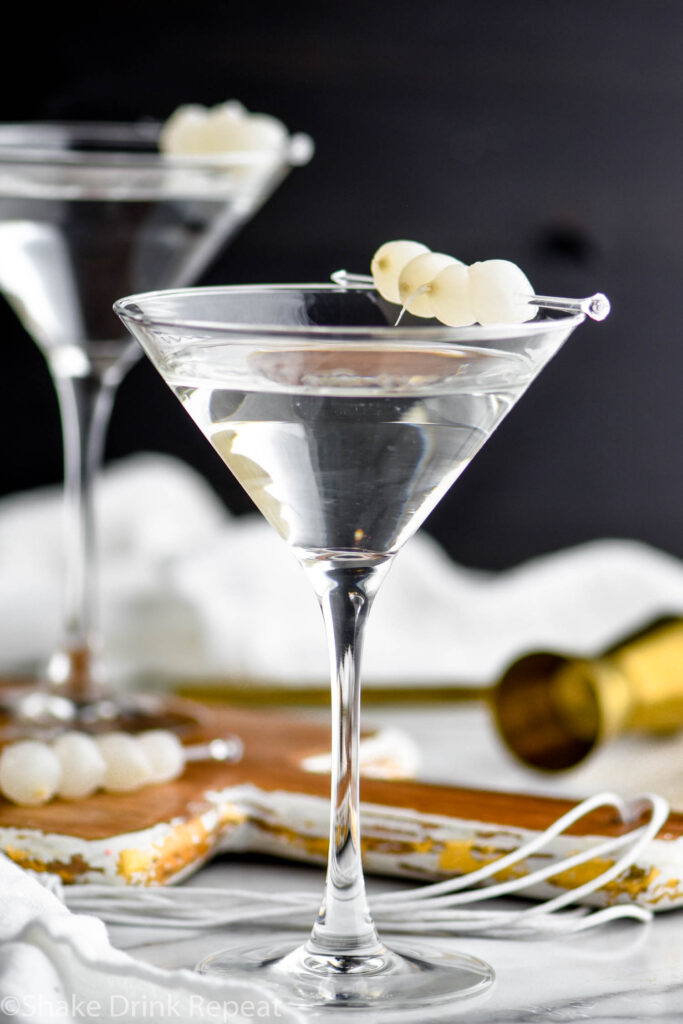
I also recommend the classic London Dry gins like Beefeater and Bombay Dry they both blend well with the savory nose and flavor of the onion. I do prefer to make the Gibson at about 2:1 or 3:1. I’ve seen some commentary suggesting that the original was actually much drier than the published formulas state, but I’ve never seen anything to support that. Garnish with onion.Įarly published recipes call for equal parts of gin and vermouth. Stir the gin and vermouth with ice until very cold strain into a chilled cocktail stem.

1 or 2 pickled cocktail onions for garnish.2 oz London Dry Gin (Bombay Dry, Beefeater 24).
.jpg)

Whatever its origin, the Gibson is one of the simplest of cocktails, even simpler than the venerable Martini to which it is often compared. According to Eric Felton’s research, the credence of this version is supported by an 1898 reference to the drink, which appears to be the first in print. Gibson, apparently a successful local businessman. The story that seems to have gained traction recently among people who study these things posits that the Gibson Cocktail was first poured at San Francisco’s Bohemian Club sometime in the 1890s. The namesake Gibson in this story is a Walter D. Connolly plopped an onion in his standard Martini, called it the “Gibson,” and that was that. The gist of the story is that Gibson was at the Player’s Club in New York, and challenged the bartender, Charley Connolly, to make him a better Martini. The one that’s been most circulated until recently is that the drink is named after Charles Dana Gibson, the famous New York advertising illustrator who invented the Gibson Girl. Two of the origin stories actually have a chance at being (sort of) true. Whenever they’d go out, they’d get the bartenders to use two pickled onions-twins for twins.Ĭute story. I heard that during the twenties in Chicago there were twin sisters named Gibson who loved Martinis but hated olives. “You’ll notice that Gibsons are usually served with two skewered onions. …Steve Zell at the Occidental Grill in San Francisco says the name came out of Chicago. Barnaby Conrad III, in The Martini, tells this story: In one of the stories, the Gibsons (there are two of them) are actually young ladies. There are origin stories from Paris, London, New York, Chicago, and San Francisco. Just as with the Martini and many other simple cocktails, there are lots of origin stories, each attaching fame and glory to one Gibson or another.

#Making a gibson drink how to#
The earliest published formula for the Gibson is from William Boothby’s 1908 The World’s Drinks and How to Mix Them, and Boothby was adamant that the Gibson contain no bitters, annotating his recipe, “Note.-No bitters should ever be used in making this drink, but an olive is sometimes added.”Īs for the actual origins of the Gibson, that’s where the fun really starts. That particular bit of presentation- now considered the hallmark of the Gibson- isn’t listed in any early recipes, and apparently doesn’t show up until the 1920s.Įven more to the point is the lack of bitters, which were always present in the Martinis of the classic era. The History of the Gibson Cocktailįor starters, it turns out that the original Gibson probably did not have an onion garnish. In fact, history tells us that the Gibson is absolutely not a Martini with an onion in it. Two great Hollywood movies-that’s a pretty good record for a Martini with an onion in it.Įxcept that it isn’t that simple. The Gibson Cocktail also fuels a plastered Margo Channing in All About Eve. Bette Davis’s Margo describes herself as a “Gibson Girl ” her drink’s starring scene is at the party that inspires Davis’s immortal line, “Fasten your seatbelts, it’s going to be a bumpy night.” Grant’s Thornhill seems the type to always have his motor running clearly, it’s Eve who’s shifting the gears. So begins one of Alfred Hitchcock’s most amusing scenes, the famous club car seduction scene between Cary Grant’s Roger Thornhill and Eva Marie Saint’s Eve Kendall in North by Northwest. Seduction isn’t really the right word it’s more of a pickup scene between two people who don’t seem to be in the habit of resisting.


 0 kommentar(er)
0 kommentar(er)
